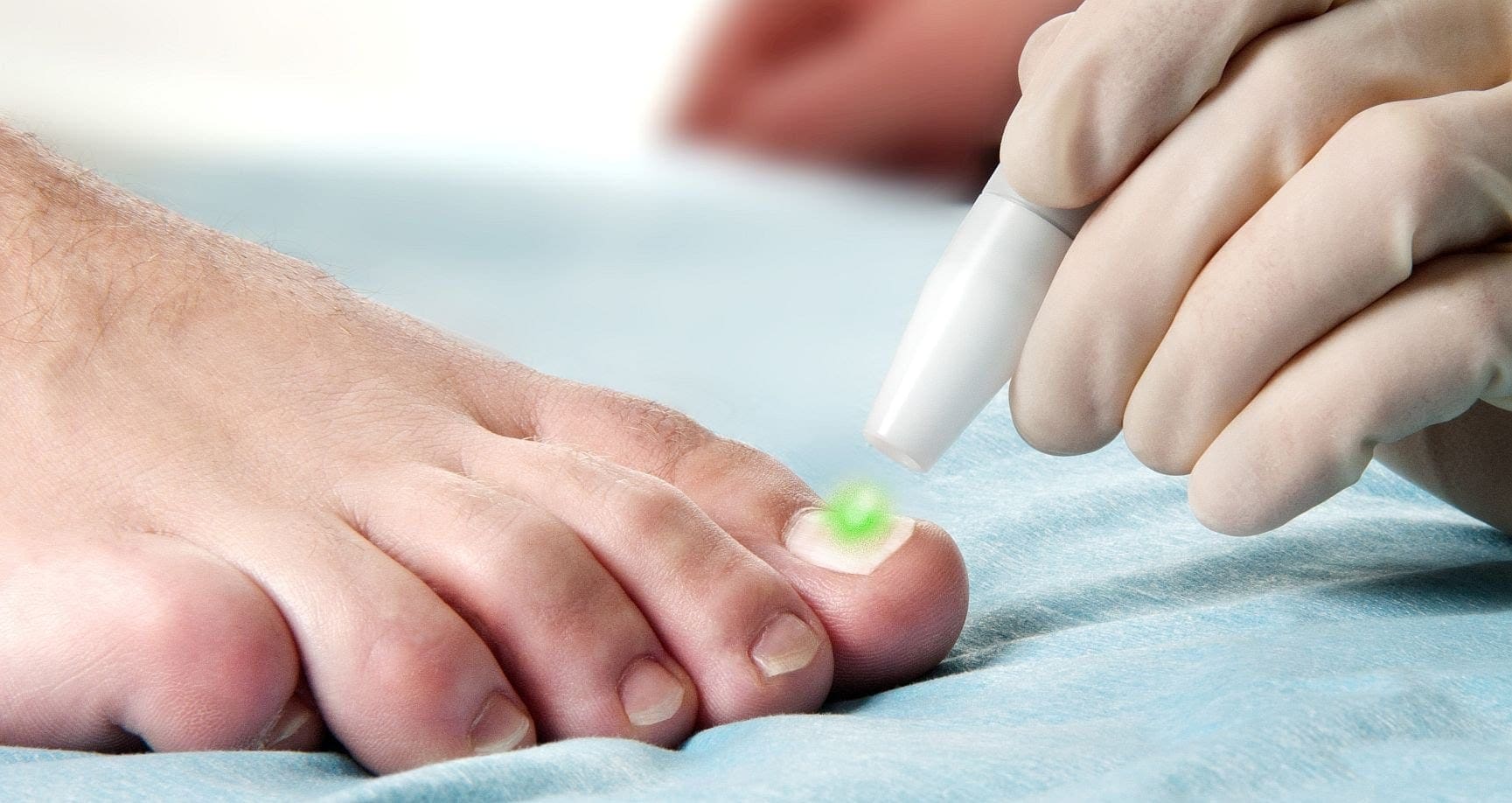
Whether you are on your feet all day, an athlete or just an average joe, fungal toenail infections are commonly found across a wide variety of different people. This infection is commonly found in the toenails or the fingernails, which will lead the nail to not only change in color but even can become thick, crack down the middle or break. Although contrary to most popular belief often associated that the fungus occurs in just toenails, it can also be found in fingernails.
If you want to get scientific, this fungal nail infection, or medical term onychomycosis, generally carries the symptoms just mentioned. Fortunately, it is not often associated with feelings of pain until it becomes much more severe—in which case you should definitely seek out a doctor.
The Fungal Nail Infection Connection
Those who often have fungal nail infections have been commonly also associated with having a fungal skin infection on the foot. This infection, normally called “athlete’s foot” will find the infection between the toes the worst spots on the foot.
To help avoid these infections, you should first take a deeper dive in learning a little bit more about infections and how people contract them.
Who is At-Most Risk for an Infection?
People who have problems with their blood circulation are much more likely to get an infection, as well as those who have a weakened immune system or even diabetes.
If you are an athlete and are more prone to getting athlete’s foot or if you have gotten foot or nail surgery in the past, this makes you much more likely to have an infection, as well.
Most Common Causes of Toenail Fungus Infections
Whether you have already been diagnosed with a fungal infection if you are afraid of having one in the future, knowing how patients have gotten them in the past and which cases can be prevented can definitely help you stay away from an infection.
To be able to treat a fungal nail infection, you should definitely know firsthand how to prevent it in the first place—and to know how to prevent it, let’s take a deeper look at the most common causes:
The main cause of these fungus infections can be traced back to fungi, like Candida—which is a dermatophyte.
The scary part about the fungi is that it can be there when you least expect it—and in the most common of scenarios. These microscopic organisms can live, thrive, multiply, and infect areas that don’t often see sunlight—like the inside of your shoe.
Although most cases can be traced to this cause, some yeasts and molds can also contract an infection.
To help you stay away from a fungal infection and to familiarize yourself with some cases that may help you be aware of uncommon terms in the doctor’s office, we’ve laid out some information about potential infections.
Included in this information is a list of some common dermatophytes that cause toenail fungus:
- Trichophyton rubrum
- Trichophyton interdigitale
- Epidermophyton floccosum
- Trichophyton violaceum
- Microsporum gypseum
- Trichophyton tonsurans
- Trichophyton soudanense
These pathogens will come in through any small separation or cut found located between the nail bed and the actual nail, itself. As soon as they enter, they will stay there, growing with the encouragement of a warm and moister environment.
When a person has lower blood circulation or a weaker immune system, then it will make it that much harder to fight the invasion or the infection in the toenail or fingernail.
It can also spread from one nail to the next nail, as well as being contagious from other people, (as well as pets)—which is why it is definitely recommended to always wear shower shoes or sandals while in the public shower. It can also start off from athlete’s foot or foot fungus in general.
These yeasts, dermatophytes, and molds can be found in swimming pools, showers, locker rooms, bathrooms, and in tight shoes—especially if you’re wearing them while sweaty. It’s also important to get out of damp socks and shoes after walking all day or after you are done engaging in physical activity. Especially if you are in warm, humid conditions, you need to be aware that fungal growth can occur.
You don’t only contract them in showers, either, this type of fungus also lives on different floors like mats, rugs, clothes, and linens.
How to Prevent Fungal Nail Infection:
To help you stay as far away from nail fungus as possible, there are a few things you can do to try and avoid catching the contagious fungus—in between your toenails (or fingernails).
Here are a few practical things you can do to help prevent fungal nail infection as much as possible:
- Try and keep your feet and your hands as dry and clean as possible—especially after engaging in sweaty, physical activity.
- Maintain proper nail care—keep your toenails and fingernails clipped, cut, trimmed, and clean.
- If you are going to be taking showers or even inside a locker room or public shower areas—as well as pools and spas, it’s always a great precaution to take to wear sandals and try to avoid walking around barefoot.
- Get your own pair of nail clippers and other nail maintenance tools.
A Quick Word About Treatment and Diagnosis
A proper podiatrist can diagnose a fungal nail infection. Not only can he or she do this by asking questions in relation to your symptoms but also examining the affected nail, but he or she will also observe your nail clipping and send it into a lab to check for fungal properties.
After being diagnosed, a doctor will normally administer or prescribe anti-fungal treatment. You can either do this orally or topically in the area. In extreme cases, a doctor also might suggest removing the nail, as well.
We hope this information has helped you with a possible diagnosis or symptoms of your nail infection. Please contact your doctor and make an appointment as soon as possible before symptoms worsen.

